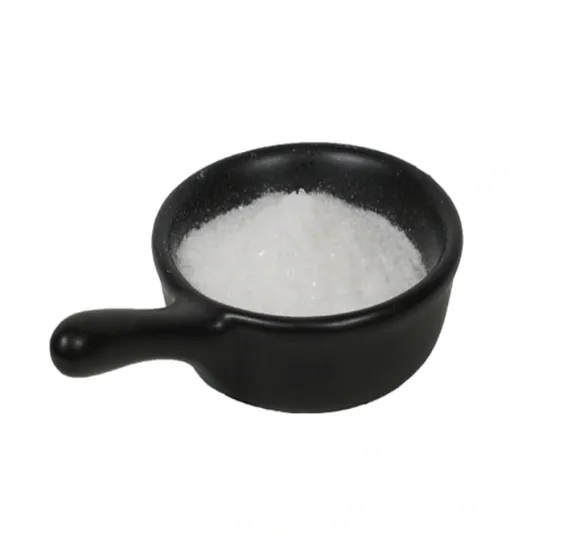Warning: Undefined array key "title" in /home/www/wwwroot/HTML/www.exportstart.com/wp-content/themes/1198/header.php on line 6
Warning: Undefined array key "file" in /home/www/wwwroot/HTML/www.exportstart.com/wp-content/themes/1198/header.php on line 7
Warning: Undefined array key "title" in /home/www/wwwroot/HTML/www.exportstart.com/wp-content/themes/1198/header.php on line 7
Warning: Undefined array key "title" in /home/www/wwwroot/HTML/www.exportstart.com/wp-content/themes/1198/header.php on line 7
- Afrikaans
- Albanian
- Amharic
- Arabic
- Armenian
- Azerbaijani
- Basque
- Belarusian
- Bengali
- Bosnian
- Bulgarian
- Catalan
- Cebuano
- China
- China (Taiwan)
- Corsican
- Croatian
- Czech
- Danish
- Dutch
- English
- Esperanto
- Estonian
- Finnish
- French
- Frisian
- Galician
- Georgian
- German
- Greek
- Gujarati
- Haitian Creole
- hausa
- hawaiian
- Hebrew
- Hindi
- Miao
- Hungarian
- Icelandic
- igbo
- Indonesian
- irish
- Italian
- Japanese
- Javanese
- Kannada
- kazakh
- Khmer
- Rwandese
- Korean
- Kurdish
- Kyrgyz
- Lao
- Latin
- Latvian
- Lithuanian
- Luxembourgish
- Macedonian
- Malgashi
- Malay
- Malayalam
- Maltese
- Maori
- Marathi
- Mongolian
- Myanmar
- Nepali
- Norwegian
- Norwegian
- Occitan
- Pashto
- Persian
- Polish
- Portuguese
- Punjabi
- Romanian
- Russian
- Samoan
- Scottish Gaelic
- Serbian
- Sesotho
- Shona
- Sindhi
- Sinhala
- Slovak
- Slovenian
- Somali
- Spanish
- Sundanese
- Swahili
- Swedish
- Tagalog
- Tajik
- Tamil
- Tatar
- Telugu
- Thai
- Turkish
- Turkmen
- Ukrainian
- Urdu
- Uighur
- Uzbek
- Vietnamese
- Welsh
- Bantu
- Yiddish
- Yoruba
- Zulu
joulu . 15, 2024 12:36 Back to list
Properties and Applications of Sodium Lauryl Ether Sulfate SLES 70 in Personal Care Products
Understanding Sodium Lauryl Ether Sulfate (SLES) 70 An Essential Ingredient in Personal Care Products
Sodium Lauryl Ether Sulfate (SLES) 70 is a widely used surfactant and emulsifier in various personal care and household products. As a member of the sulfate family, SLES is derived from natural sources, primarily coconut or palm oil, which contributes to its sustainability and eco-friendly appeal. This article aims to explore the characteristics, applications, and safety profile of SLES 70 in consumer products.
SLES 70 is recognized for its effective cleansing properties. It functions by reducing the surface tension between substances, allowing water to mix with oil and dirt. This makes it an invaluable ingredient in shampoos, body washes, and facial cleansers. Its ability to create a rich lather not only enhances the sensory experience of using these products but also ensures effective cleaning by emulsifying and removing grime and impurities from the skin and hair.
Understanding Sodium Lauryl Ether Sulfate (SLES) 70 An Essential Ingredient in Personal Care Products
One of the remarkable aspects of SLES 70 is its versatility. Beyond personal care applications, SLES is also found in household cleaning products, such as detergents and surface cleaners. This adaptability stems from its ability to work effectively in both hard and soft water, ensuring optimal performance across a range of environments. Its low cost and availability further contribute to its prevalence in the formulation of cleaning products globally.
sodium lauryl ether sulfate sles 70

Safety is a paramount concern when it comes to cosmetic and cleaning ingredients. SLES 70 has undergone extensive testing and evaluation. Regulatory bodies, including the Cosmetic Ingredient Review (CIR) and the Environmental Protection Agency (EPA), have deemed SLES 70 safe for use in concentrations typical of consumer products. However, like many surfactants, it can cause irritation in some individuals, particularly at higher concentrations. Therefore, formulations containing SLES 70 are often designed to balance efficacy with skin compatibility, ensuring a pleasant user experience without compromising safety.
Although SLES 70 is often compared to Sodium Lauryl Sulfate (SLS), it is important to note that SLES is considered milder than SLS due to its chemical structure. The addition of ethylene oxide during the manufacturing of SLES alters its properties, reducing the potential for irritation and making it a preferred choice for sensitive skin formulations.
Sustainability is also a growing consideration in the cosmetic industry, and SLES 70 aligns with this focus. It can be produced from renewable resources, and many manufacturers are transitioning to sustainable sourcing practices for the raw materials used in SLES production. This shift is not only beneficial for the environment but also resonates with the values of conscious consumers who seek eco-conscious products.
In summary, Sodium Lauryl Ether Sulfate 70 plays a significant role in the formulation of a broad range of personal care and cleaning products, combining effective cleansing properties with excellent skin compatibility. As consumer awareness of safety, mildness, and sustainability grows, SLES 70 remains a staple ingredient, offering effective solutions while aligning with modern expectations for safe and responsible product development. Whether in the shower or cleaning your home, SLES 70 continues to be a trusted component in the quest for cleanliness and care.
Latest news
-
Certifications for Vegetarian and Xanthan Gum Vegetarian
NewsJun.17,2025
-
Sustainability Trends Reshaping the SLES N70 Market
NewsJun.17,2025
-
Propylene Glycol Use in Vaccines: Balancing Function and Perception
NewsJun.17,2025
-
Petroleum Jelly in Skincare: Balancing Benefits and Backlash
NewsJun.17,2025
-
Energy Price Volatility and Ripple Effect on Caprolactam Markets
NewsJun.17,2025
-
Spectroscopic Techniques for Adipic Acid Molecular Weight
NewsJun.17,2025

